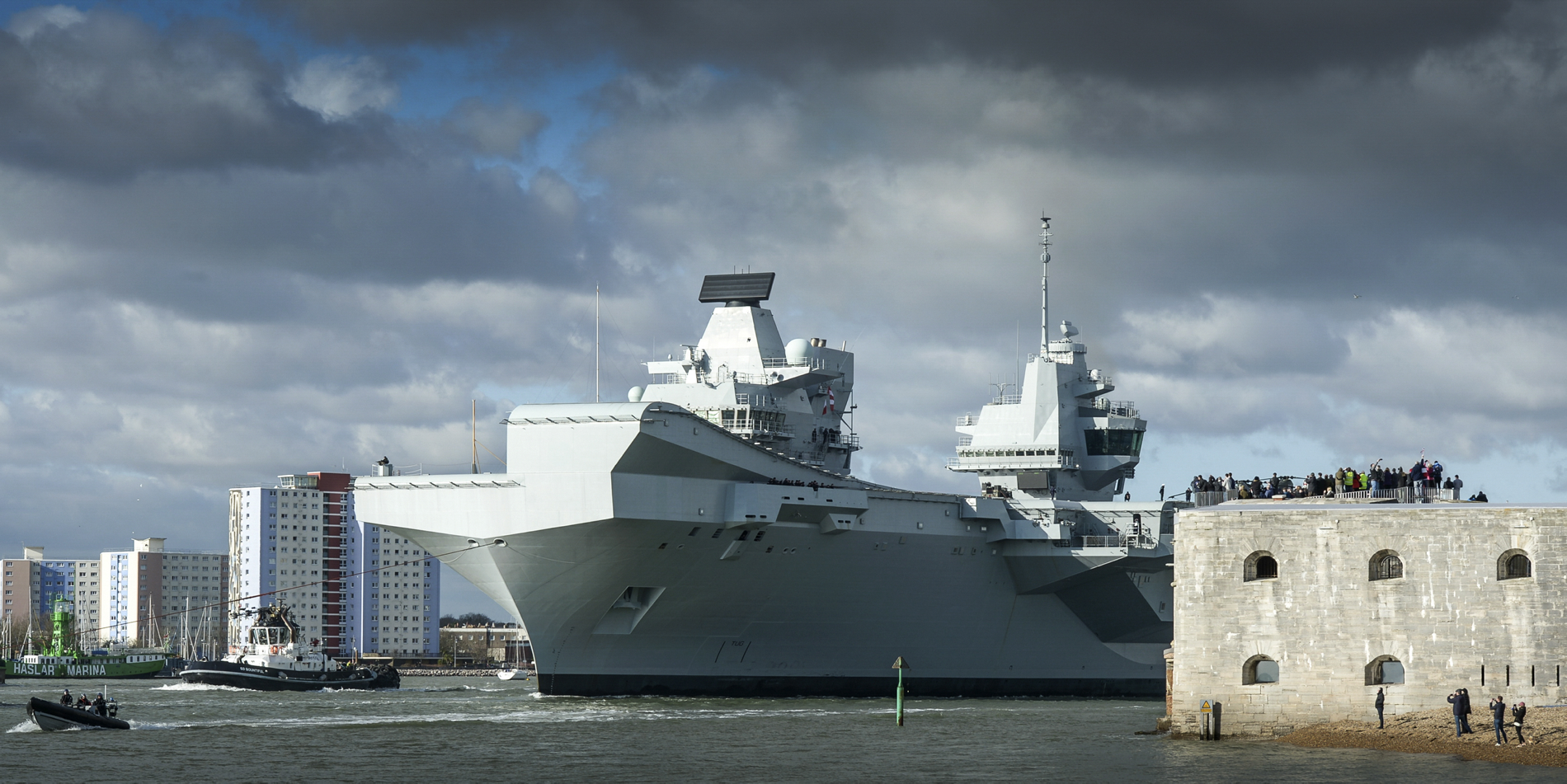
DSEI: New Carriers Sparking Royal Navy Renaissance
LONDON — The Queen Elizabeth-class aircraft carriers and F-35B Lightning II Joint Strike Fighters are spearheading a revival of British…
Copyright 2024 U.S. Naval Institute. All Rights Reserved.